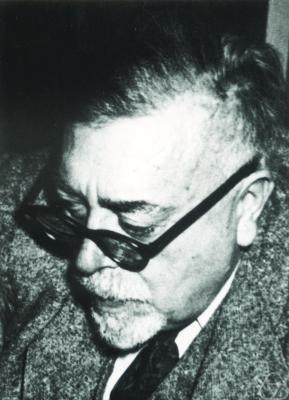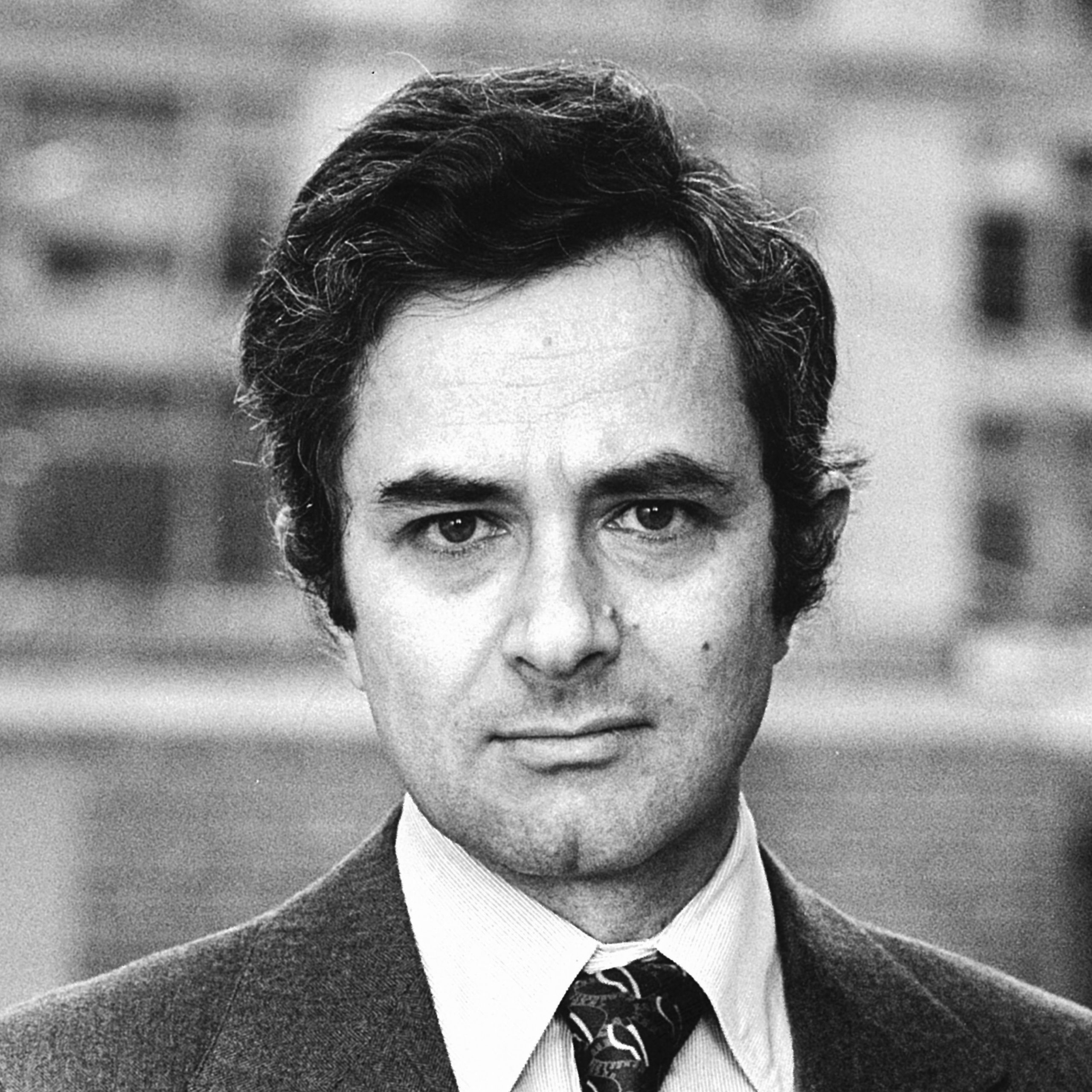The spectacle of the universe becomes so much the grander, so much more beautiful, the worthier of its Author, when one knows that a small number of laws, most wisely established, suffice for all movements.[1]
Pierre Louis Maupertuis (1744)
Among the more or less general laws, the discovery of which characterize the development of physical science during the last century, the principle of Least Action is at present certainly one which, by its form and comprehensiveness, may be said to have approached most closely to the ideal aim of theoretical inquiry. Its significance, properly understood, extends, not only to mechanical processes, but also to thermal and electrodynamic problems. In all the branches of science to which it applies, it gives, not only an explanation of certain characteristics of phenomena at present encountered, but furnishes rules whereby their variations with time and space can be completely determined. It provides the answers to all questions relating to them, provided only that the necessary constants are known and the underlying external conditions appropriately chosen.[2]
Max Planck (1909)
On this auspicious day of Chai Elul, we are embarking on an ambitious project to elucidate one of the most fundamental principles of science, the principle of least action, its philosophical ramifications and theological parallels. I will endeavor to cover the following materials in a series of installments. This is the first installment.
Table of Contents
II. Introduction to the Principle of Least Action
VII. V. The Spiritual Source of the Least Action Principle
Introduction
If there is one most important principle of all of science, undoubtedly, it is the principle of least action.[3] This principle rules in physics but is also used in biology, economics, sociology, and other sciences. Its prominence in science cannot be overstated. Moreover, this principle provides a uniform template for considering diverse phenomena across various branches of physics and various seemingly unrelated disciplines beyond natural science. In this essay, we will cover the historical developments of this principle, its modern formulation, and its philosophical underpinning and theological parallels.
Despite its overwhelming success in physics, the least action principle is a prima facia teleological statement, which doesn’t sit well with materialistically inclined scientists. But first, what is teleology?
I. Teleology
Teleology is the philosophical study of design and purpose in the natural world. The term comes from the Greek word telos, which means “end” or “purpose.” Teleology is a reason or an explanation for something that serves as a function of its purpose, as opposed to something that serves as a function of its cause. In a teleological view, things are believed to have a purpose, goal, or end they strive towards, whether a natural object or a human action. In Western philosophy, teleology originated in the works of Socrates, Plato, and Aristotle.
In a teleological framework, natural entities and processes are seen as having a specific intrinsic purpose or function. For instance, in classical times, it was believed that the purpose of rain was to allow crops to grow. Thus, Aristotle maintained that an acorn’s intrinsic purpose (telos) is to become a fully-grown oak tree.[4] Objects created by humans typically have a clear teleological purpose. For example, a hammer’s purpose is to drive nails. A purpose that is imposed by human use is called extrinsic. In philosophy, the end purpose is called the final cause (causa finalis). Teleology forms the basis of Aristotelian philosophy.[5] In the time of the Renaissance, teleology fell into disfavor. However, Immanuel Kant used the concept of telos as a regulative principle.[6]
With the advent of modern science, including Newtonian physics and evolutionary biology, many natural processes previously thought to be teleological were explained through non-purposeful mechanisms. For instance, the structure of animal body parts is now often explained through evolution by natural selection rather than by design. On the other hand, nature that behaves purposefully implies a purposeful Creator.
Newtonian mechanics, which does not require any final causes, is called a theory of efficient causation (causa efficiens) when the system’s state in the present moment determines the evolution toward a state at the next moment. Teleology fell into disuse and disrepute in philosophy and even more so in science.
The broad opposition to teleology is primarily a result of teleology’s use[7] to prove the existence of G‑d, based on perceived design or purpose in the world. Teleology suggests that the complexity and order of the universe cannot be the result of random processes and must be the work of an intelligent designer.
The theology of Judaism is undoubtedly teleological to the core. I touched upon teleology in my essays, “The Temple as a Model of a Cell” and “Passover, Shabbat and the Principle of Least Action.” The Jewish faith is based on the belief in a purposeful G‑d, who created a purposeful world. Jewish sages offered many possible reasons for why G‑d created the world, but all agree that He created it for a reason. This belief necessarily implies that a human life must be meaningful and purposeful, aligned with the divine purpose.
In Jewish philosophy and Kabbalah, teleology rules.[8] This principle is enshrined in the oldest book of Kabbalah, Sefer Yetzirah, stating:
The end is wedged in the beginning, and the beginning in the end.[9]
The end— the final cause—influences the beginning. For this reason, in Kabbalah, the sefirah of Malḥut, which is the last (and, therefore, the lowest) sefirah, is the only sefirah where the full power of Ain Sof (the “Light of the Infinite”) is expressed—this is where the original goal of creation and its causa finalis, dwelling in the lowest realms (dirah b’taḥtonim), is being realized. Moreover, we are taught that the world was created for the sake of creating a dwelling place for G‑d in the lowest world. This reasoning is distinctly teleological.

In recent times, teleology has seen a modest comeback. The concept of attractor[10] used in cybernetics,[11] mathematics, and chaos theory is often seen as teleological. In fact, Norbert Wiener coined the term cybernetics to denote the study of “teleological mechanisms.”[12] A prominent contemporary philosopher, Thomas Nagel proposed a non-Darwinian theory of evolution and consciousness based on principles of teleology.[13]

The least action principle is an expression of teleological reasoning where the initial states of the system are determined by the endpoints—the beginning and the end. But first, we need to understand the least action principle. We will get an intuitive introduction to the principle of least action in the next installment of this series.
It’s a purposeful world made by purposeful Being,
Where end and beginning are wedged in a ring,
Who imbued us with purpose and meaningful life,
Who revealed us His telos for which we must strive.
Endnotes:
[1] Pierre-Louis Moreau de Maupertuis, “Accord entre différentes lois qui avaient jusqu’ici paru incompatibles.” (“Agreement between different laws which had hitherto appeared incompatible.”) 1744; see also his “Essai de Cosmologie,” published in 1750.
[2] Max Planck, “The Unity of the Physical World-Picture,” from a lecture delivered in 1909; published in Max Plank, A Survey of Physical Theory, Dover Books on Physics Series, 2011, p. 69.
[3] Also known as the principle of stationary action because action can take minimum, maximum, or saddle value. It is also known as Hamilton’s principle.
[4] Aristotle, Metaphysics, 1050a9–17.
[5] See Aristotle’s “Nicomachean Ethics,” where Aristotle discusses the idea of a “final good” or ultimate purpose toward which human life aims, and Physics, where Aristotle dives into the concept of the four causes, including the “final cause,” which is the purpose or end of a thing.
[6] Immanuel Kant, Critique of Judgment,1790.
[7] For example, by medieval Christian theologian Thomas Aquinas and others.
[8] Yitzhak Y. Melamed, “Teleology in Jewish Philosophy: Early Talmudists to Spinoza,” in Jeffrey K. McDonough, Teleology: A History, (Oxford University Press, New York, 2010), pp. 123-149. See also, Dov Schwartz, Central Problems of Medieval Jewish Philosophy, The Brill Reference Library of Judaism, v. 26, ch. 2, “Teleology,” pp. 27-60.
[9] Sefer Yetzirah, 1:1.
[10] Eric W. Weisstein, “Attractor,” MathWorld. Retrieved September 4, 2023.
[11] Heinz von Foerster, “Cybernetics,” p. 310, in Encyclopedia of Artificial Intelligence 1, edited by S. C. Shapiro, 1992.
[12] Norbert Wiener, Cybernetics: Or Control and Communication in the Animal and the Machine, (Hermann & Cie, Paris, and MIT Press, Cambridge, Mass.,1948). In cybernetics, a feedback-controlled purpose is considered teleological.
[13] Nagel, Thomas. 2012. Mind and Cosmos. Oxford University Press.


Leave A Comment